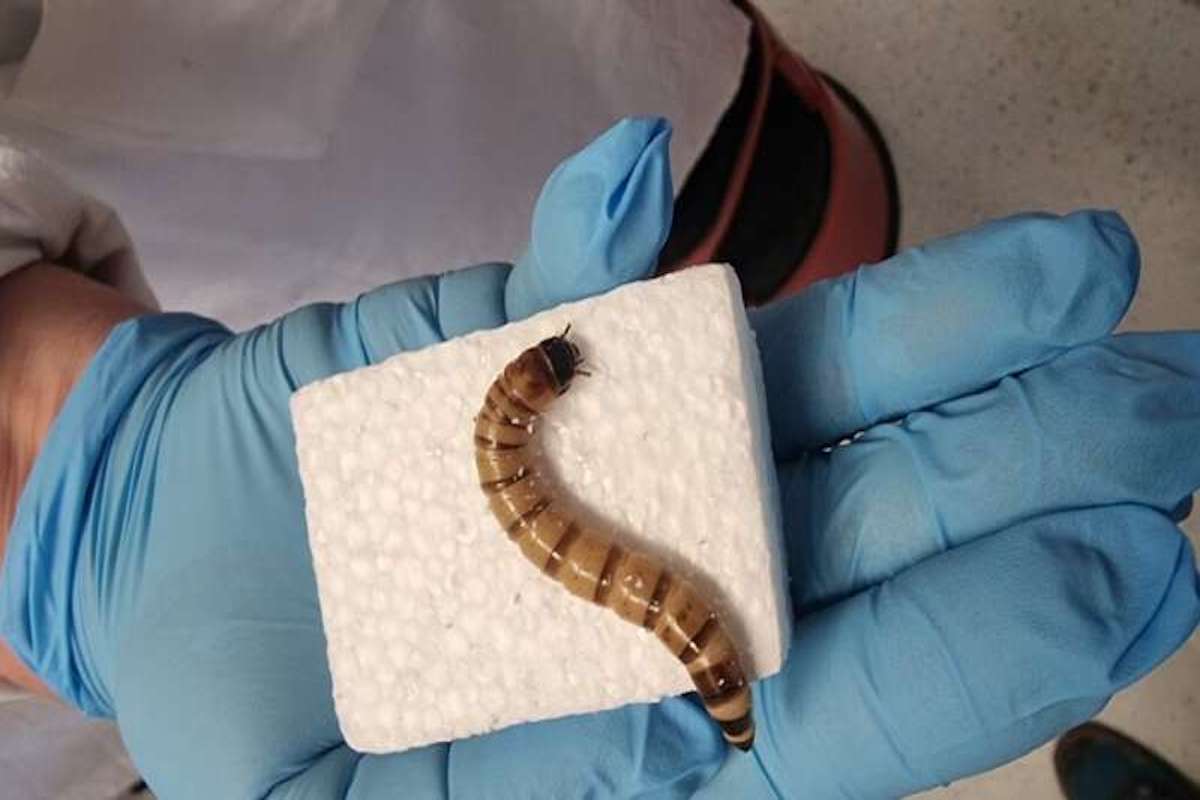Environment & Energy
Related: About this forumThis Styrofoam-eating 'superworm' could help solve the garbage crisis
A plump larva the length of a paper clip can survive on the material that makes Styrofoam. The organism, commonly called a “superworm,” could transform the way waste managers dispose of one of the most common components in landfills, researchers said, potentially slowing a mounting garbage crisis that is exacerbating climate change.
In a paper released last week in the journal of Microbial Genomics, scientists from the University of Queensland in Brisbane, Australia, showed that the larvae of a darkling beetle, called zophobas morio, can survive solely on polystyrene, commonly called Styrofoam.
The findings come amid a flurry of research on ways bacteria and other organisms can consume plastic materials, like Styrofoam and drinking bottles.
Now, the researchers will study the enzymes that allow the superworm to digest Styrofoam, as they look to find a way to transform the finding into a commercial product. Industrial adoption offers a tantalizing scenario for waste managers: A natural way to dispose and recycle the Styrofoam trash that accounts for as much as 30 percent of landfill space worldwide.
https://www.washingtonpost.com/technology/2022/06/17/plastic-eating-superworm-garbage-crisis/
Joinfortmill
(14,411 posts)sl8
(13,725 posts)Mealworms Can Eat Toxic Polystyrene Foam Safely
By Dan Nosowitz
ON JANUARY 2, 2020
viva la
(3,284 posts)Superworms. Nuff said.
Bristlecone
(10,125 posts)PoliticAverse
(26,366 posts)
Thomas Hurt
(13,903 posts)Goonch
(3,606 posts)
TheRealNorth
(9,475 posts)Ferrets are Cool
(21,105 posts)unweird
(2,531 posts)Colbert
(46 posts)Last edited Thu Jun 23, 2022, 03:53 PM - Edit history (1)
If the chemistry is anything like with mealworms, about half the mass is converted to carbon dioxide (which I assume, given that it's a aerobic organism, is produced as respiratory waste).
I also wouldn't discount methane, since methane is a fairly standard emission from digestive processes in animals. Then there's the decomposition products of the worms once they die (which would include CO2 and CH4).
Styrofoam's main method of breakdown is photodegradation, so if buried, it can remain in the environment (locking up carbon) for upwards of a million years. However, if it becomes excessively hot, it can also leech.
TheRealNorth
(9,475 posts)Conversion to CO2 would be bad enough, but conversion to Methane would be very bad in terms of greenhouse games.
While conversion of some of the carbon to organic molecules and the rest to CO2 wouldn't be too bad, if it produced a lot of methane, it may be worse than just burning the stuff.